Volkswagen has unveiled the Nivus for the South American market and it is unlikely that it will be launched in India or receive an electric version.
The VW Nivus shares the same MQB class platform (A0) as the VW Virtus and will be available in Brazil in a few weeks’ time and other South American markets in the first half of 2021. Volkswagen is planning to launch the crossover in Europe in the second half of 2021. The Nivus measures 4,266 mm long, 1,757 mm wide and 1,493 mm high. With a wheelbase of 2,566 mm and 415 litres of boot space, the Nivus is expected to be one of the spacious vehicles in its class.
VW Nivus Design
As VW’s head of design for Latin America puts it, the Nivus was designed to be innovative, attractive and at the same time functional. The rapid yet fluid slope of the C-Pillar is one of the highlights of the design lending it a very characteristic coupe profile. The proportions and volumes define its athletic and modern character. The 17-inch alloy wheels with an exclusive design and pronounced fender protectors contribute to the car’s sporty and vibrant stance.
Pavone, who did the first Nivus sketches about four years ago, explains that the front carries the typical Volkswagen design DNA. The headlights are connected with a dominant grille and with the lines marked on the hood define the robust character of the car, he says. The LED headlamps, the LED DRL (daytime running light) and the fog lamps also with LED provide a unique visual identity for the Nivus, with precise and efficient lighting in all conditions of use. The new Volkswagen logo on the grille is simpler and two-dimensional and the Nivus is the first model in the South America region to get it.
The rear of the Nivus is set apart by the horizontal element that connects the LED combination lamps, forming a unique and premium look. The lights start at the boot and extend to a part of the side, combining aesthetics and functionality. At the top, a spoiler integrated into the rear cover causes a roof extension effect, an essential detail that defines the Nivus’ coupe and sporty style, concludes VW Brazil.
VW Nivus interior & VW Play
Inside, the dashboard is a replica of Polo with a 10.25-inch digital instrument cluster and a 10-inch touchscreen infotainment system. But unlike the Polo’s unit, the infotainment system has done away with physical buttons and is powered by VW Play multimedia interface. The VW Play has been completely developed in Brazil and is supported by exclusive apps from the virtual store. The system is compatible with Android Auto and Apple CarPlay.
The VW Play is one of the main innovations of Nivus and brings a number of benefits to customers. The multimedia center, fully developed in Brazil, offers an experience of intuitive usability. With a 10-inch screen of high resolution, touch sensitive, anti-scratch and with ‘virtual buttons’, this platform offers not only the most modern connectivity features, but also guarantees a series of services and streaming, says Volkswagen.
Combined with the digital instrument cluster (Active Info Display), it creates two large digital panels, interconnected, offering a connectivity and entertainment for the first time in a vehicle of this category. It is a “digital cockpit” equipped with an intuitive, intelligent and modern interface, which can be controlled by the buttons on the new steering wheel.

Along with Nivus, VW Play APPs, a virtual store exclusively for the Volkswagen customer, also launches for downloading applications directly through VW Play, with the same ease with which one can download an application on a smartphone, claims VW. It has 10 GB of memory to download a series of Apps. Estapar (parking), 12 min (audiobook), Ubook (audiobook), Porto Seguro (insurance), Deezer (music), Waze (navigation) and IFood (food delivery) are a few apps available from the time of launch.
VW Play also offers a Cognitive Manual integrated into the vehicle (Nivus is the first car in the world with this feature), the ability to read virtually all media formats, excellent audio quality and quick connectivity with Android and Apple smartphones – in this case, is the first car in Brazil with wireless mirroring.
Another differentiator of the Volkswagen Nivus is the use of augmented and virtual reality, from the prototype development process to the dealerships’ showroom. Volkswagen will use virtual reality to show Nivus to customers at the dealerships. Through the DDX (Digital Dealer Experience), the customer will be able to see all the details of the car in 3D, completely virtual. More than 85% of the outlets in Brazil will be equipped with this complete virtual reality structure. Through an app, customers will also be able to see all the details, open the doors, the windows or even the trunk of the car.
VW Nivus powertrain
Powering the VW Nivus is a 1.0-litre turbocharged 3-cylinder direct-injection petrol engine (EA211 family) that when filled with regular petrol makes 116 PS and with ethanol makes up to 128 hp and 200 Nm of torque. Transferring the power to the front wheels is a six-speed automatic transmission. Volkswagen is not offering an all-wheel-drive variant.
| VW Nivus specification | Value |
| Length | 4266 mm |
| Width | 1757 mm |
| Height | 1493 mm |
| Wheelbase | 2566 mm |
| Engine | 1.2L 3-cyl, turbo GDI |
| Power | 128 hp |
| Torque | 200 Nm |
| Boot space | 415 litres |
| Launch date in India | Not releasing in India |
Video Courtesy: Car.blog.br Youtube channel
VW Nivus Safety
Dwelling on the safety aspect, the Nivus receives a Fatigue detection system, ISOFIX, ESC (Electronic Stability Control), starting aid on ramps (HHC) and reversing camera. The headlight comes with LED, as well as the DRL (Daytime Running Light).
Adaptive Cruise Control (ACC) is among the most advanced safety equipment on the Nivus. It allows the driver to adjust the speed and the distance he wants to travel in relation to the vehicle ahead, and the system is able to accelerate and brake automatically. It is the only model in the compact segment in Brazil to offer it. The Nivus additionally comes with AEB (Autonomous Emergency Brake), a feature that, when identifying the imminent risk of a frontal collision, brakes the car autonomously, avoiding, in some cases, a complete collision.
VW Nivus Electric – Why it’s a no-go
Unless it is China where an exception is made due to the size of the market and demands of the different joint ventures, Volkswagen is not retrofitting electric vehicles, where it empties-out an MQB-based car and straps it with electrical drive components. That would be a regressive step as the dedicated MEB platform is now producing vehicles (the VW ID.3 and ID.4 are due this year) and Volkswagen is replacing converted models like the e-Golf with ID family products far superior in range, performance or space, priced lower than equivalent petrol-powered cars. Up ahead VW has the ID.5 (or ID.4 GTX), ID.6 and MEB Entry Family models ID.1 and ID.2, in the pursuit to sell 1.5 million electric cars a year by 2025.
Speaking to ElectricVehicleWeb.in at the Auto Expo, Steffen Knapp, the head of Volkswagen Passenger Cars India said his technical centre in Pune is not even considering retrofitting electrical components to ICE platform like Mahindra or Tata Motors –
We are going to be completely different (from those players). We are the only manufacturer to deliver a singular platform for electric vehicles, the MEB, which enables us to get much better efficiency, much better designs because the battery is embedded in the platform itself. We are rather focused on utilizing this.
VW Nivus for India – a very low probablity
The Nivus is an unlikely candidate for the Indian market as Volkswagen will have the premium SUV segment filled out with the Taigun and VW must do everything to succeed in its efforts as its future in India hinges on it, and not get distracted by a second model in the segment. The Nivus does not have the size, space or specifications to compete with the Hyundai Creta and the Kia Seltos. The MQB A0-IN’s second and third application are successors to the Vento and the Polo and the latter could be done as a sub-4m crossover. Volkswagen’s first electric car for India is the VW ID.4 that should be delivered in the second half of 2021.
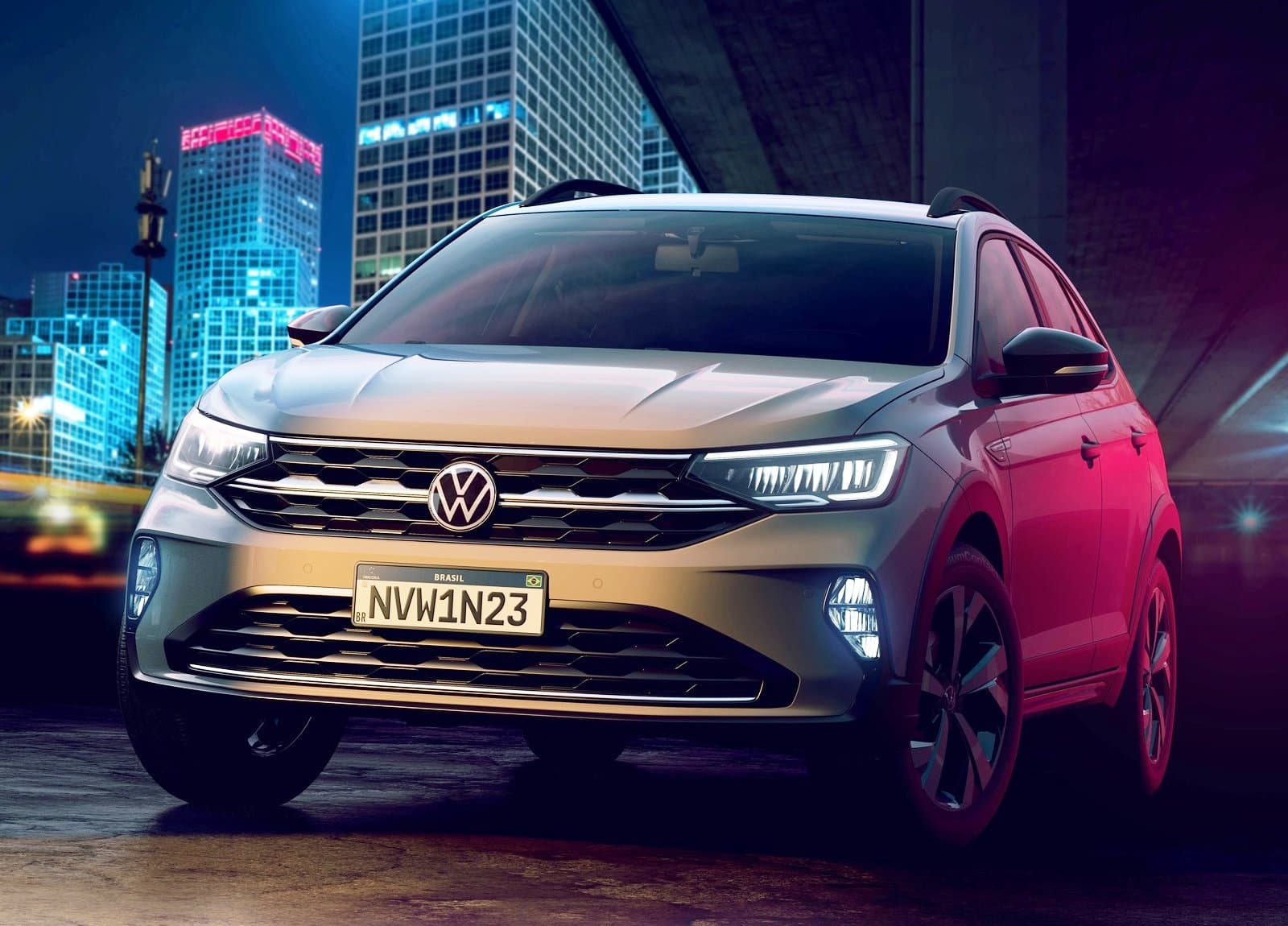
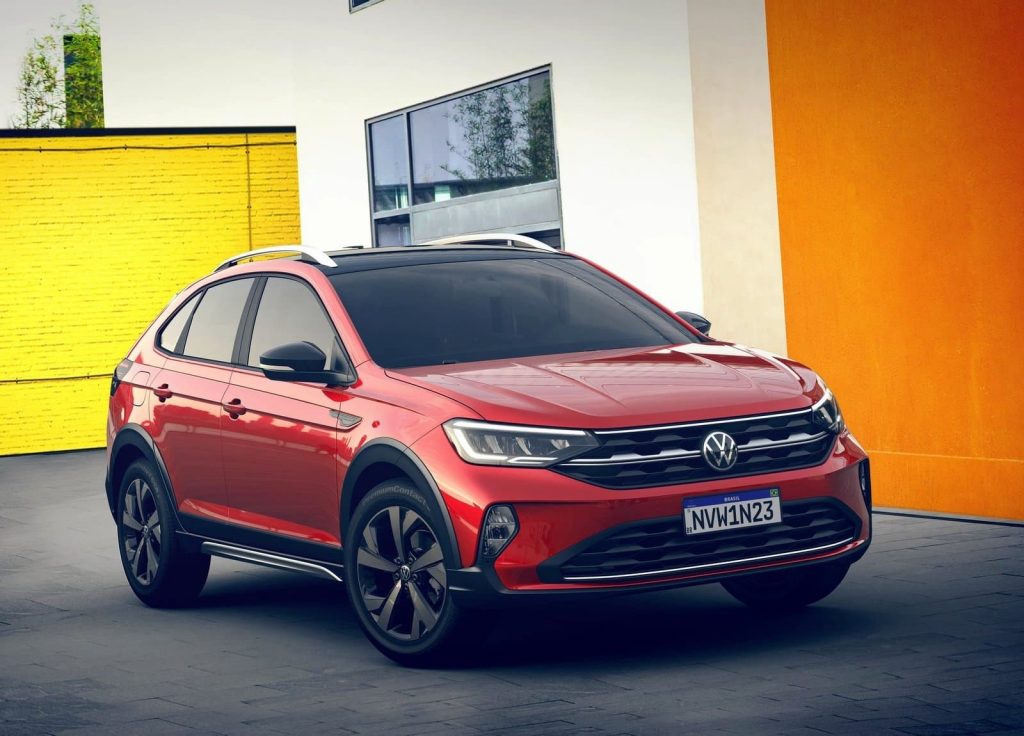
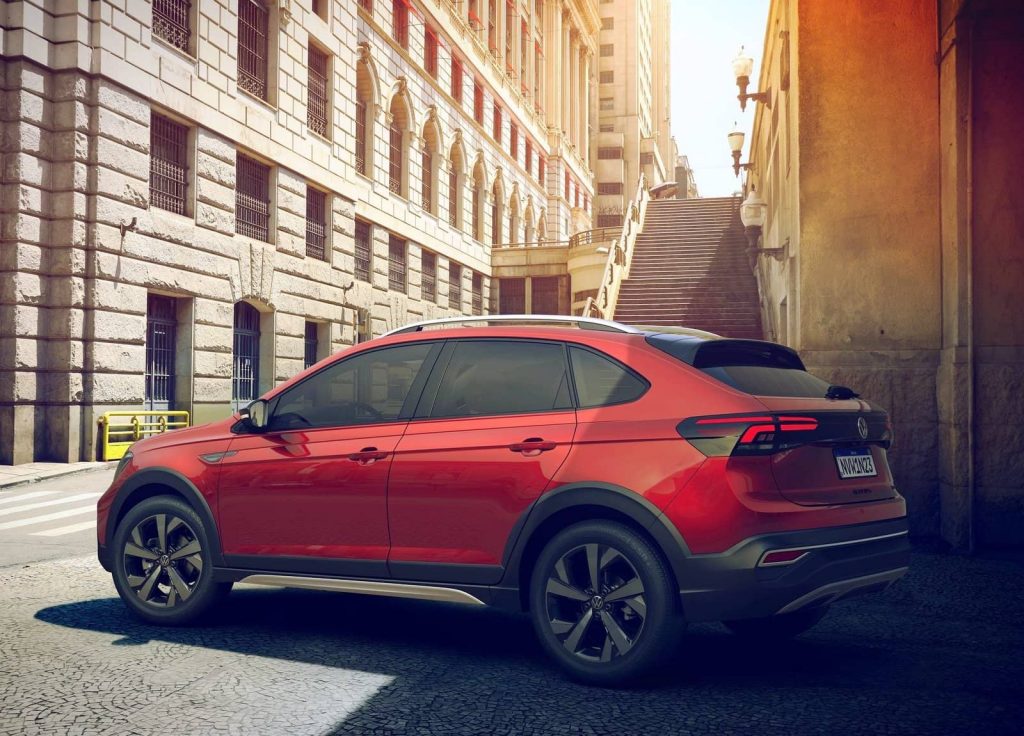
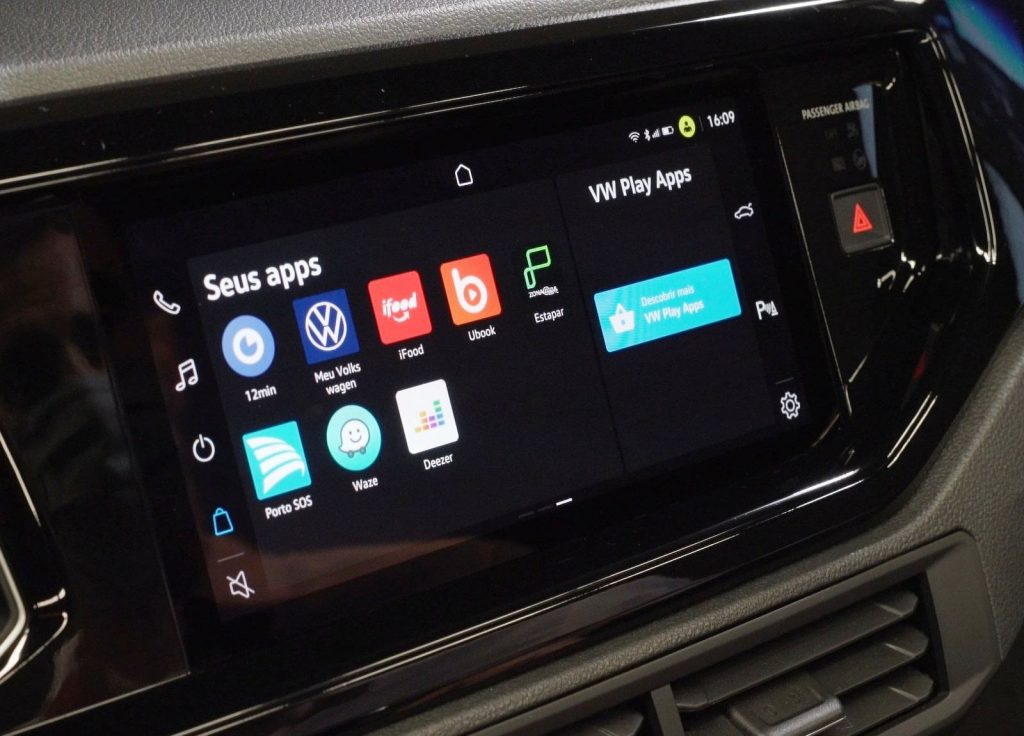
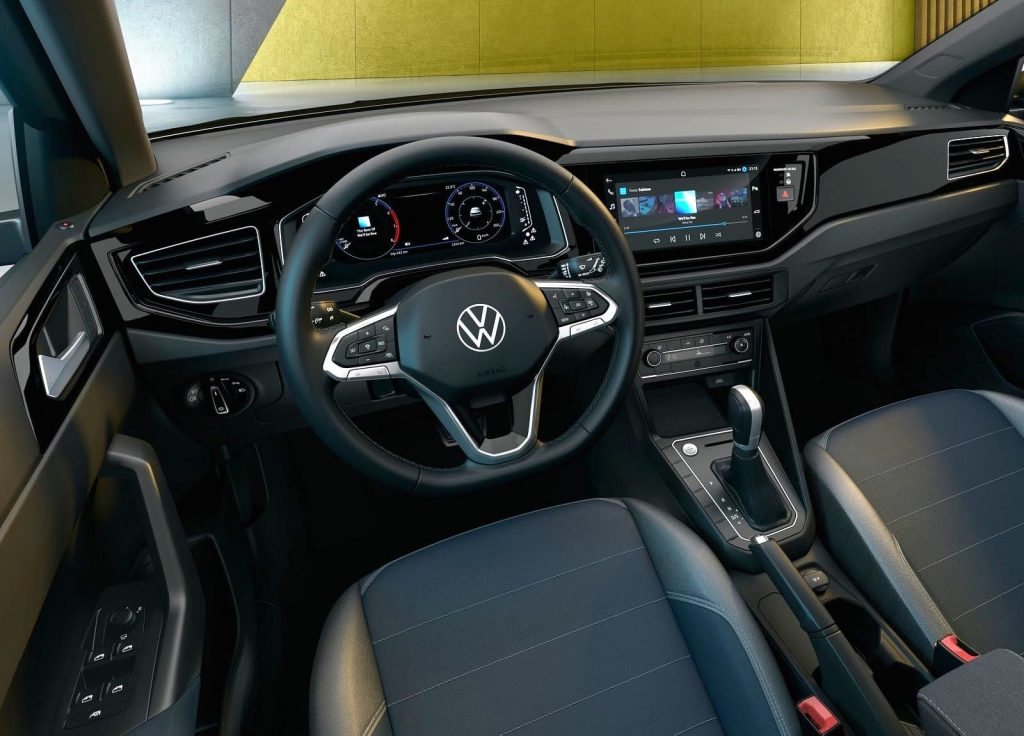
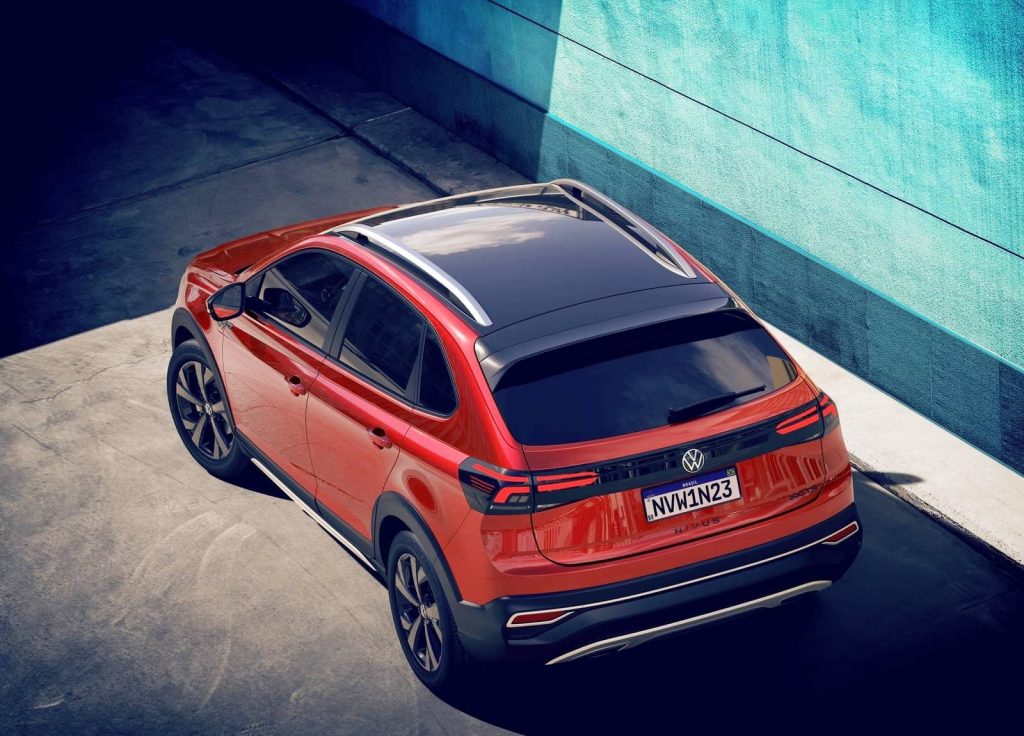
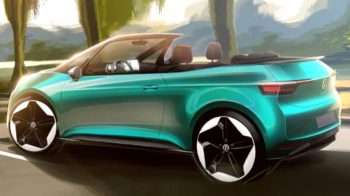

![VW Trinity project teased again, fresh details revealed [Update]](https://electricvehicleweb.com/wp-content/uploads/2021/12/VW-Project-Trinity-front-three-quarter-teaser-350x233.jpg)